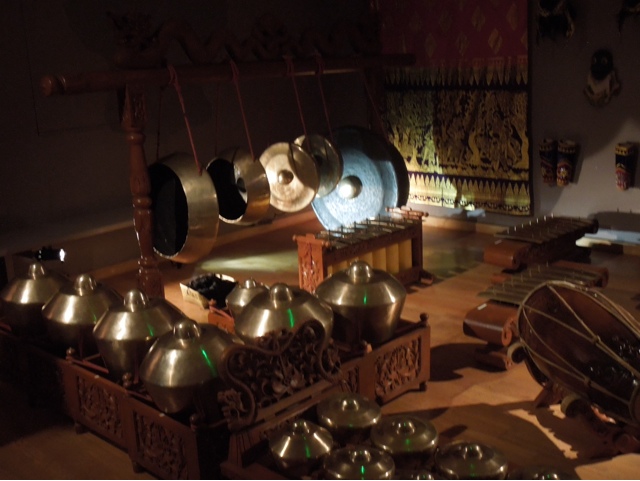North East of Argeles, we travelled to Ille-Sur-Tet. The site was named after organ pipes, which the rock formation resembles. The "Site des Orgues" opens out like an amphitheatre with its walls sculpted with gigantic columns 10-12 metres high. Erosion is the master of this place. The sandy rock columns surround are called hoodoos , and chimney rocks, because of the hard rock layer that covers them and protects a little from the rapid process of erosion.
The ancient hospital was built in the Middle Ages for the sick and the elderly of the region.
Located in a wild and beautiful area in the heart of an oak forest. "Good Mountain".
It was built in 1069. In the 12th century it became an Augustinian priory. Pink marble from Conflent is in the beautiful cloister area.
The steep winding road up to the Priory ends with a view of the beautiful Romanesque priory. Built of schist and standing in a fragrant botanic garaden in the middle of the countryside, this is one of the wonders of the Romanesque art.
The success of this Romanesque abbey is celebrated in its rich ornamentation and the impressive number of relics that it sheltered in the Middle Ages - 90 - plus the graves of two martyrs - when it was the largest pilgrimage church in Catalonia.
The abbey is the main venue for the annual Pablo Casals Music Festival founded in 1950.
With these words, the critic Andre Salmon baptised the Catalan village which saw the arrival of Picasso and Braque in 1911. They dreamed up canvases of perfect architectural structure, into which seeped the atmosphere of Catalonia. Other artists including Jean Gris In 1950, the painter Pierre Brune founded a museum confirming the town's connection to modern art.
JAUME PLENSA - Current exposition at the Museum of Modern Art in Ceret. The internationally acclaimed artist was born in 1955 in Barcelona. His monumental works are frequently dedicated to the public space. The artist's works are inspired by the human body, language and poetry.
Jaume Plensa won the design for Millennial Park in Chicago. He also has a large sculpture in front of the Meadows Museum in Dallas.
One mile from the Spanish border this is a region formed by the Valley of the River Tech. This fort was first mentioned in the 9th century. It was an important stronghold. In 1679 Vauban visited and made the fortress walls around the old watchtower.
A chateau a few miles from Argeles that has a vineyard and a wonderful restaurant with a beautiful setting.
Set on a promotory, Banyuls is France's most southerly seaside resort, known for its lovely bay, uacht harbour,vineuards and sea wather therapy centre. Sheltered from the tramontane's harsh north-westerly gusts, tropical flora like carob,eucaluptus and palms thrive along this Mediterranean coast all the way to the rivera.
The famous Banyuls wine complements the best of tables, served as an aperitif, with dessert, or foie gras and strongly flavored cheeses and game.
This wine dates from the 13th century from the days of the Knights Templar, whose feudal castle and sub-commandery (Mas Reig) are next door.
The wines are aged in Oak barrels outside in the sun. They produce 3 million bottles a year. They have no distibutors, and only sell directly to the public.





































 Watching some serious bocce players
Watching some serious bocce players






 Dining at a Michlin Star restaurant on the beach - Le Fanal
Dining at a Michlin Star restaurant on the beach - Le Fanal
 Beignets of anchovies....
Beignets of anchovies....
 Taking a minute to watch a tiny hummingbird ....
Taking a minute to watch a tiny hummingbird .... We're having fun....
We're having fun....

No comments:
Post a Comment